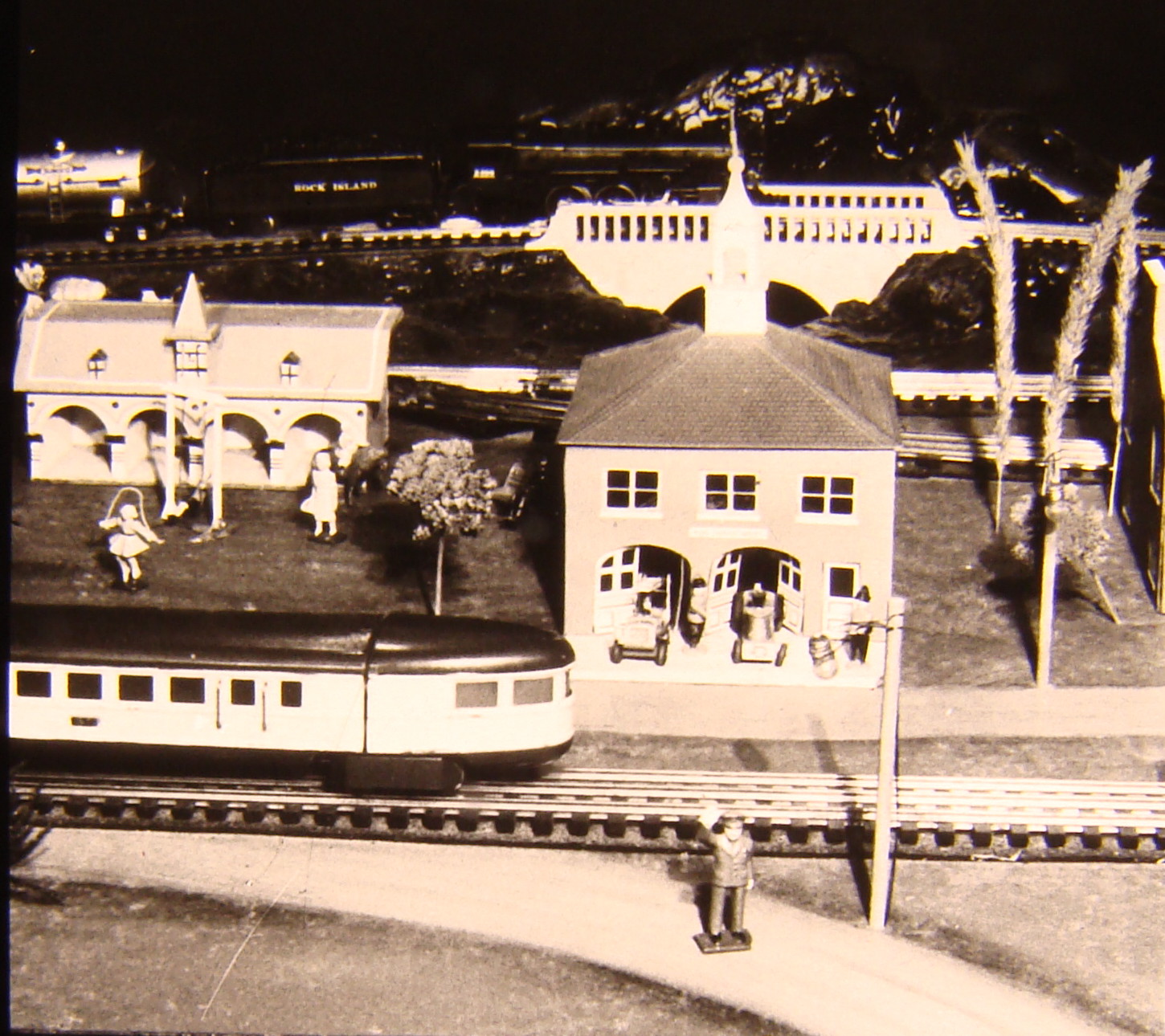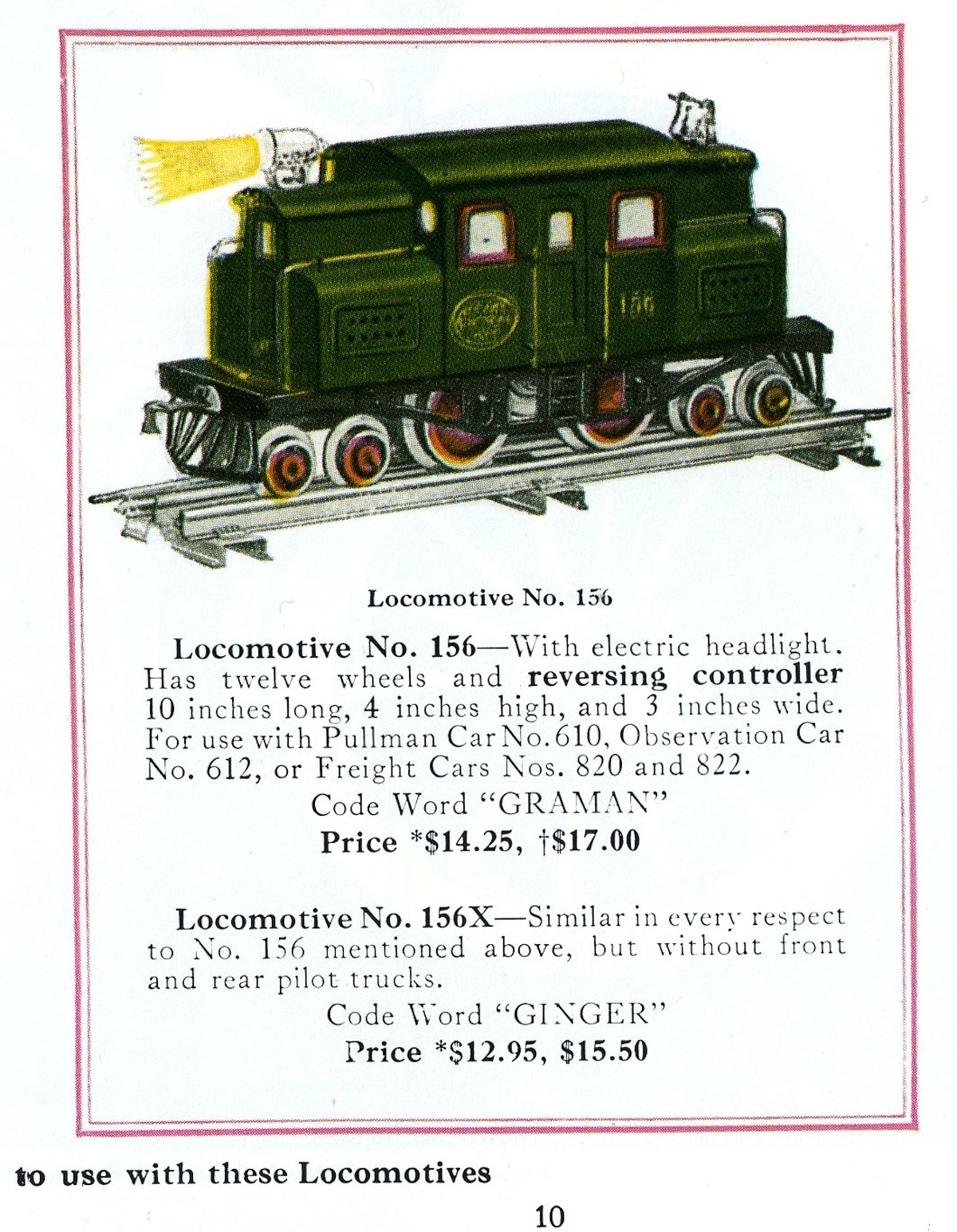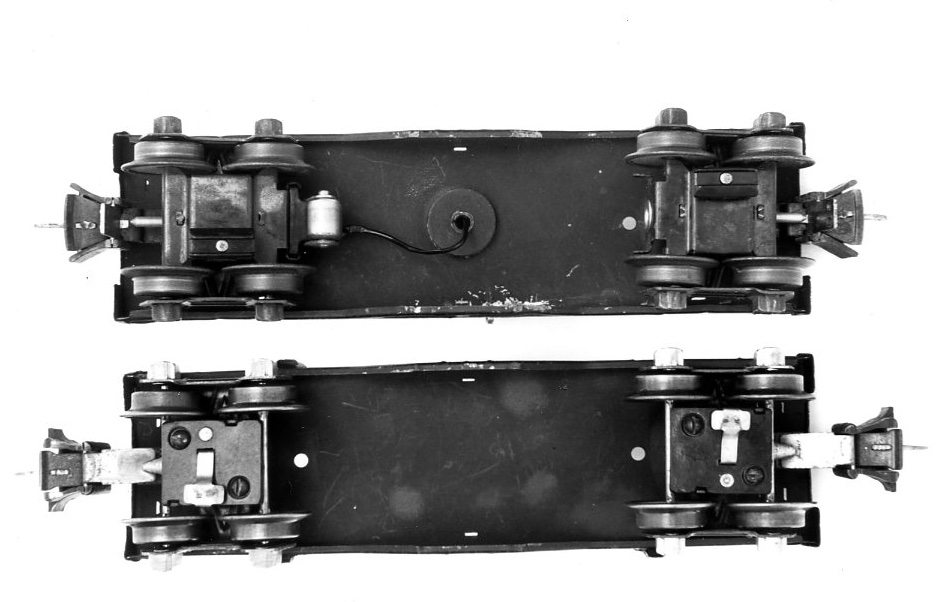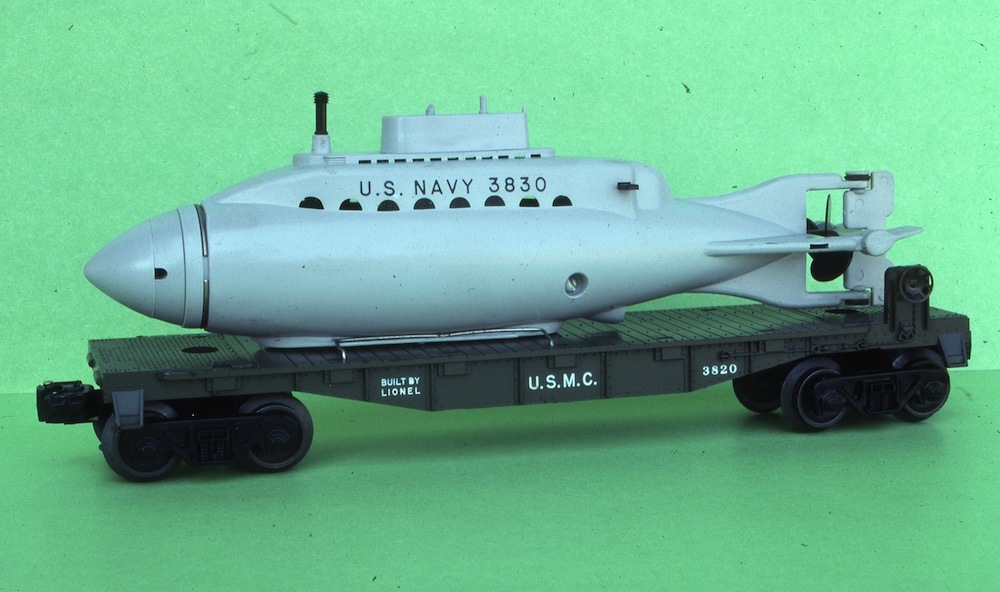Did you ever wonder about the history of the word kitbashing?
Kitbashing is a basic term modelers of every stripe learn almost immediately after they enter the hobby of model railroading or start building models of vintage airplanes and ships, historic military equipment, contemporary automobiles, or futuristic spacecraft.
But what does “kitbashing” mean? How did this central term – really, a concept or an approach to creating unique replicas – enter our elementary vocabulary? And it really is fundamental and elementary. To paraphrase Let’s Do It,” a classic penned by Cole Porter and sung by Frank Sinatra, Ella Fitzgerald, and dozens of others: “O gaugers do it; 1:87 scalers do it. Even builders of B-17s and DC-3s do it. Let’s do it; Let’s bash some kits!”
First, a personal memory. You see, I remember the very first time I encountered the term. I had just been hired as a copy editor at Model Railroader back in 1988 and was reading an article about kitbashing. I was baffled – why would someone what to take the parts of a plastic kit and break them apart? Were they using a hammer to smash the delicate parts?
Fortunately, Dick Christianson, then the managing editor of MR, came to my rescue. He saved me from acute embarrassment and explained that kitbashing involved taking parts from different commercial kits and using them together to create something new and unique. Maybe an HO scale station different in its look or a 1:43 scale ship not on the market. The term was a flattering one, Dick added, and reflected a modeler’s talents.
Then I met Art Curren, then working in the Advertising Department at Kalmbach. He was a legend in HO modeling circles who had built his reputation on an amazing ability to look over parts sold in two or even three different structure kits and combine them to develop a factory or a roundhouse with a terrific appearance and unbelievable detail.
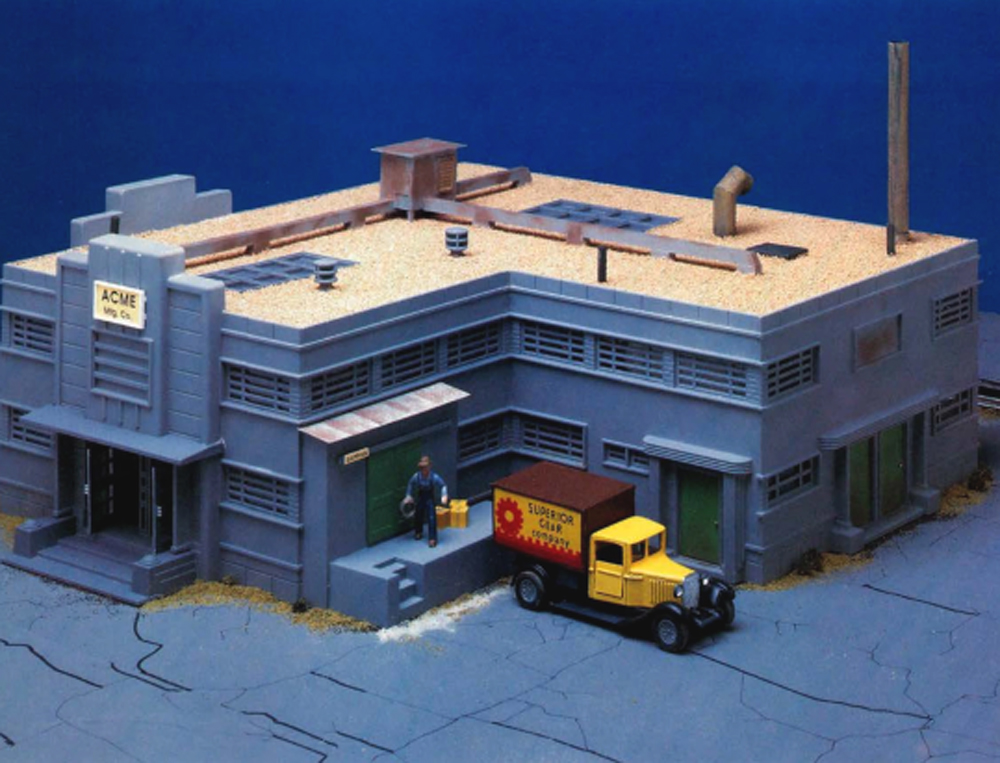
Art modestly referred to what he did, not as kitbashing –too violent and imprecise a term for what he brilliantly did. Instead, he liked to describe the process as “kit mingling.”
Personally, I agree with Art about what to call this basic technique to modeling, but we’re in a distinct minority. Everyone else, it seems chooses kitbashing. So back to our original question: Where did the term “kitbashing”: originate? And how long has it been around?
My research began, where else? on the Internet. Generally speaking, the digital universe associates the term “kitbashing” with the unbelievable intergalactic craft developed for the landmark motion picture Star Wars in the middle 1970s. Article after article went on about how the ships and vehicles were created by artists taking parts from an assortment of commercial kits – great except model railroaders were already kitbashing by then.
Next stop was the Oxford English Dictionary, the essential source when trying to learn about the etymology of words. The online edition declared: “OED’s earliest evidence for “kitbash” is from 1972, in Railroad Model Craftsman.” The answer surprised me because I assumed the term had been around much longer than 1972. It had to be older than that.
Never quitting, I decided to peruse the annual indexes compiled for Model Railroader here at Kalmbach Media. I randomly started in 1970 and immediately discover the Oxford English Dictionary had let me down. The June 1970 issue of Kalmbach’s first magazine had an article titled, “Kitbashed 60-foot Boxcars,” by David W. Messer.
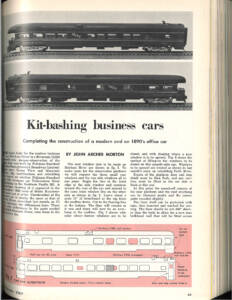
No need to stop now, so I went back another year. There in the February 1969 issue of MR appeared a how-to article, “Kit-bashing Business Cars,” by John Archer Morton.
Then everything went dry for the remainder of the 1960s, at least when focusing on the indexes. I found nothing with “kitbash” or “kitbashing” listed as the title of an article or under “how-to” or Workshop (a regular department with simple how-to projects in it).
Should we assume the term originated with Morton in 1969 or Messer a year later? Not necessarily for a couple of reasons. First, editors might well have selected the title of their articles, especially since “kitbashed” and “kit-bashing” didn’t show up in the text of what they had written. Second, no definition or explanation of the term was offered; the editors acted as though readers would know what was meant by “kitbashed” and “kit-bashing.”
Your turn
For the moment, I’m going to put the search for how this fundamental term originated on hold and hope that intrepid hobbyists will submit their own references to earlier usage of “kitbash” or “kit-bashing.” Please send whatever you find to rcarp@classictoytrains.com






